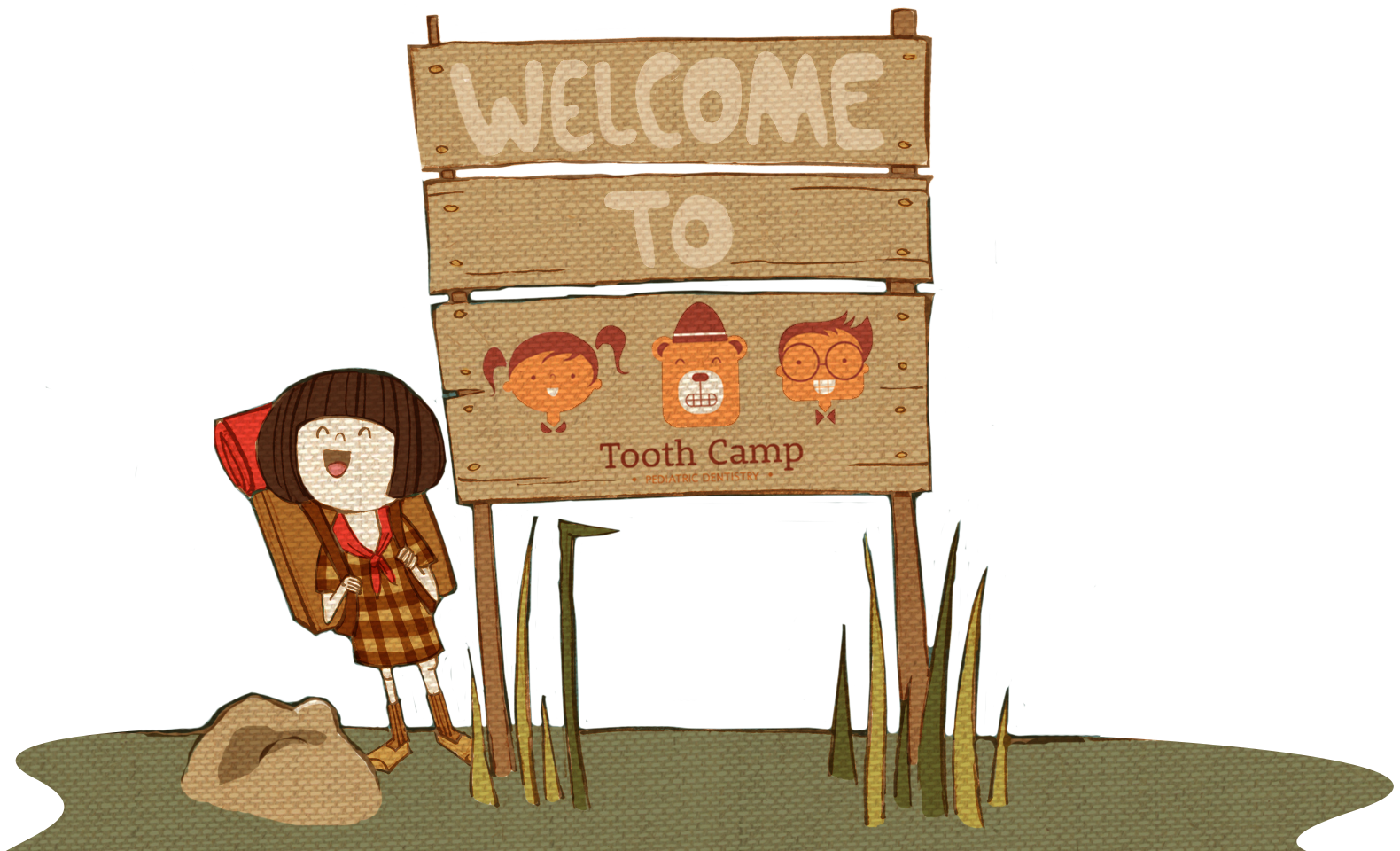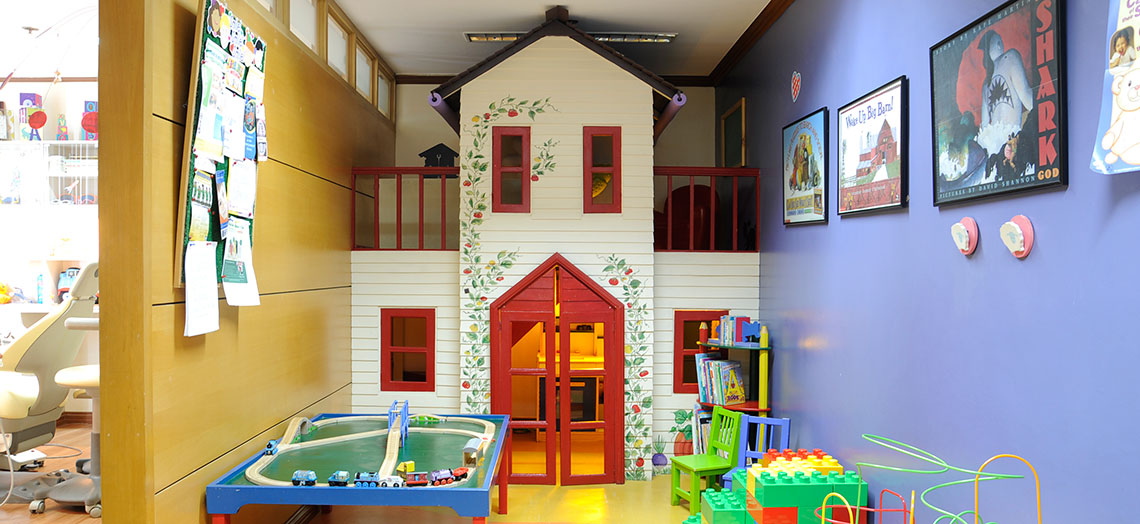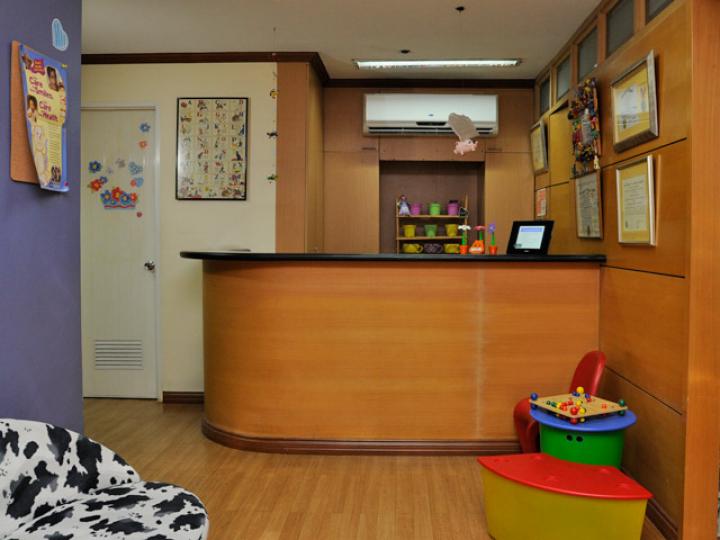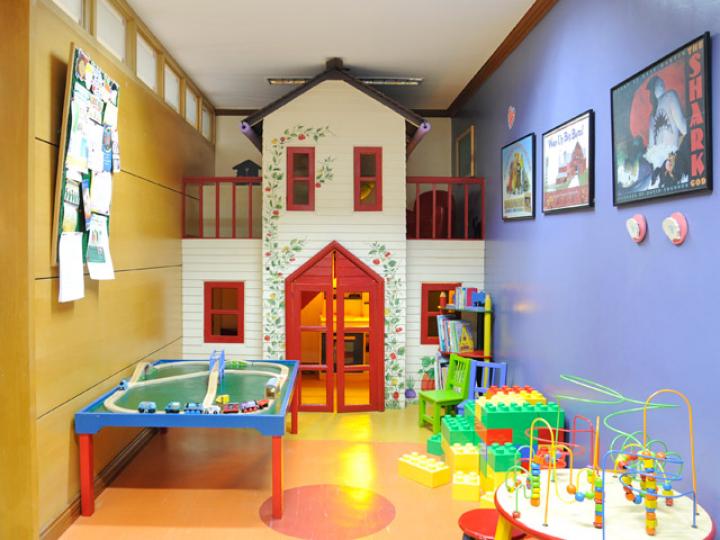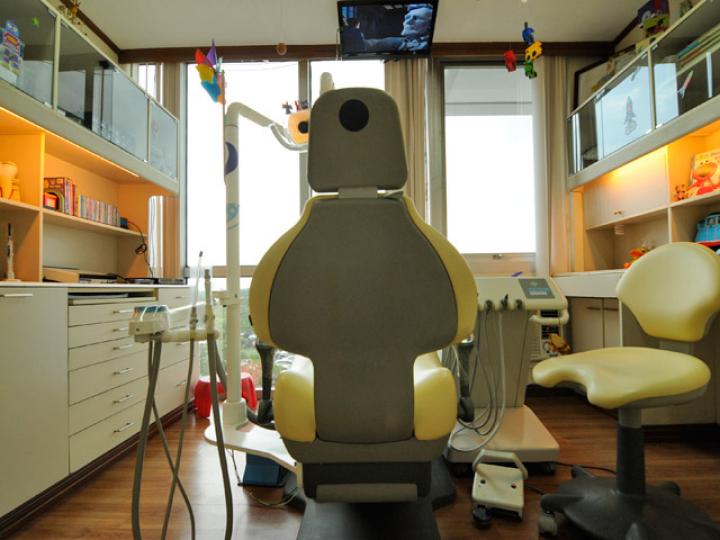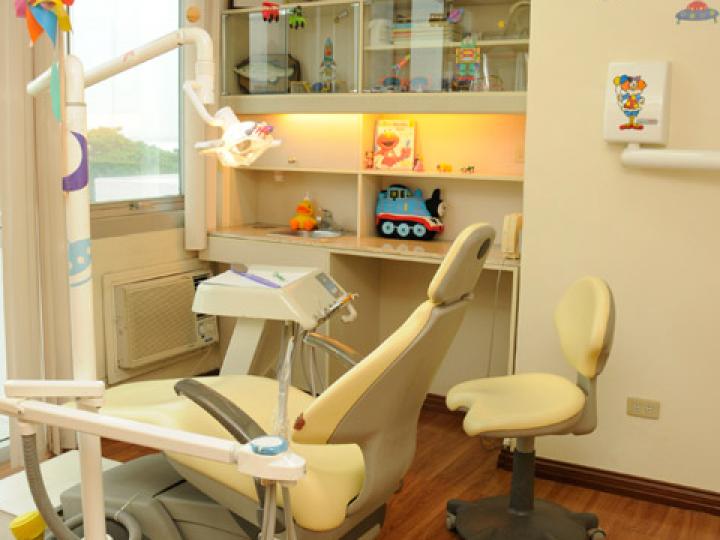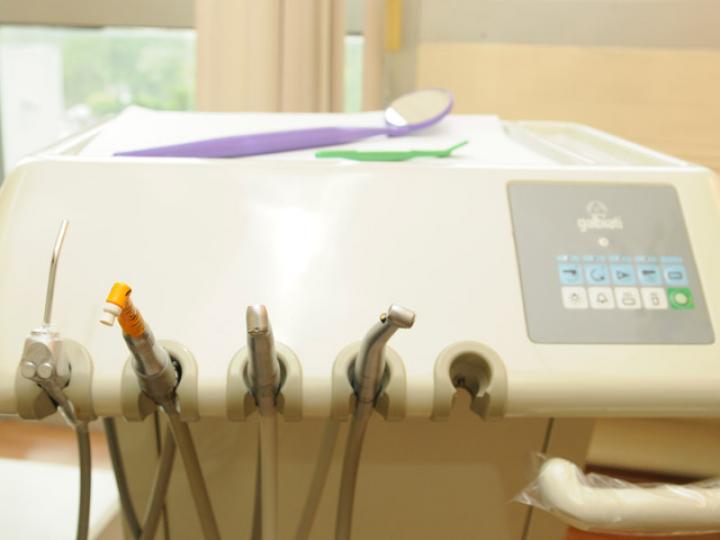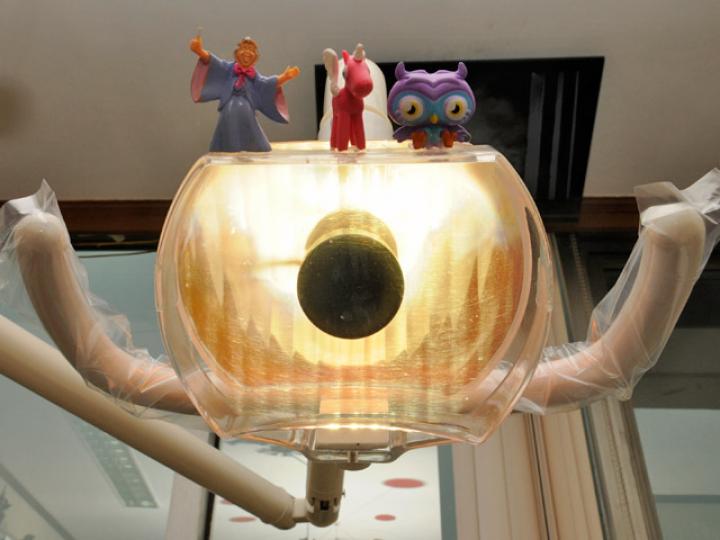Your Child's Dental Health
Your child’s first dental visit should be by one. Early prevention may keep your child cavity-free. As soon as the teeth appears in the mouth it is susceptible to decay. Bacteria found in plaque attach to the surfaces of the tooth. Given enough time, it will produce acids that can dissolve the enamel of the tooth. This will eventually create cavity.
Cavities in the baby can progress quickly and cause severe dental pain. Avoid putting your child to sleep with a baby bottle containing milk or any liquid containing sugars. As soon as a tooth appears, start brushing your baby’s teeth twice a day with a soft bristled toothbrush and toothpaste with fluoride. Fluoride helps reduce the risk of cavities. Parents and caregivers should always supervise brushing. Excess toothpaste may be wiped off or you may ask your child to spit it out. Clean teeth will be smooth and shiny in appearance.
Tooth decay is a common chronic childhood disease. Parents should occassionally ‘lift the lip’ of the child and check near the gum line if there are any chalk white or brown to black discolorations. These may be signs of early or progressing tooth decay.
Brush your child’s teeth twice a day with fluoride toothpaste. For children below 2 years old, use a small amount of toothpaste containing 1000 ppm of fluoride. Use a pea-sized amount of toothpaste containing 1000 ppm of fluoride for children 2-5 years old. Toothpaste containing 1000 ppm of fluoride is usually found in fluoride toothpaste for adults.




